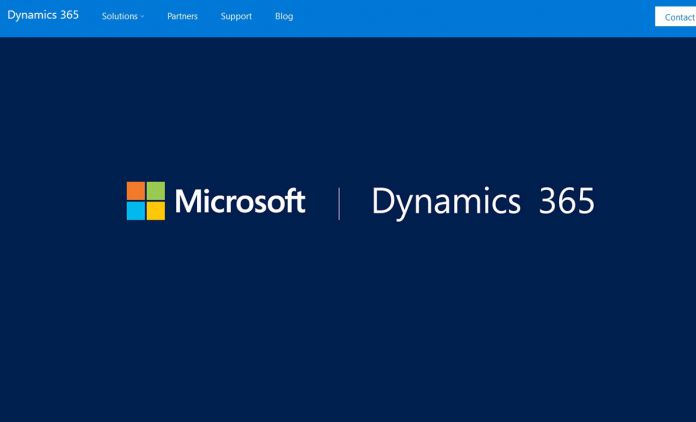Wave 1 is ongoing until September, but Microsoft has offered some dates for when Wave 2 will be available. Users of Dynamics 365 and Power Platform can reference the following schedule to see what updates to expect through Wave 2:
“July 8, 2020: Release plans available Learn about the new upcoming capabilities for Dynamics 365 and Power Platform. August 3, 2020: Early access available Try the new features and capabilities that will be part of the October update of the 2020 release wave 2 before they are enabled automatically. October 1, 2020: General availability This is when the production deployment for the 2020 release wave 2 begins. Regional deployments will commence October 2, 2020.”
That means we’ll have to wait until July 8 to know which features Microsoft has planned for Wave 2. Users will then get early access to those features in August. Finally, those tools will come to all Dynamics 365 and Power Platform users in September. Yes, that makes sense because September signals the end of the Wave 1 update program. Microsoft says Wave 2 production releases will begin on October 1 and regional deployments the day after.
Wave 1 Releases
So far, Wave 1 is going well with 70 percent of its features already available to users. Below are some of the core changes introduced in Wave 1:
“Dynamics 365 Sales continues to focus on user experience and sellers productivity improvements. Dynamics 365 Sales Insights expands focus to include inside sales scenarios and enhances conversation intelligence capabilities. New features include deeper conversation analysis with emotion detection to enable sellers with the information they need, when they need it. Dynamics 365 Customer Service expands agent productivity tooling to help organizations evolve a proactive and predictive service model. Dynamics 365 Customer Service Insights optimizes the customer service experience through AI with new capabilities including richer integration with Power Virtual Agents and access to the insights data for in-depth analytics. Dynamics 365 Field Service improves effectiveness through a new resource scheduling dashboard, integration with Dynamics 365 Supply Chain Management, and technician time entries. Dynamics 365 Marketing remains focused on enabling marketers by enhancing product usability, personalized marketing capabilities with dynamic content for contacts, and integration scenarios with third-party content management systems and Microsoft Forms Pro. Dynamics 365 Customer Insights enhances data profiling enrichment and segmentation capabilities, helping organizations better understand their customer data and derive actionable insights to drive business processes. Dynamics 365 Human Resources expands capabilities for human resources professionals, employees, and managers in leave and absence and benefits management programs. Dynamics 365 Commerce strengthens the personalized, omnichannel experience for consumers by adding e-commerce, providing smart product recommendations, and enhancing clienteling. Dynamics 365 Fraud Protection helps merchants increase revenue and reduce fraud losses and costs while improving the consumer’s online check-out experience by releasing two new services, account protection and loss prevention. Dynamics 365 Finance releases enhancements to country-specific tax, invoicing, payment formats, and regulatory reporting capabilities to help global organizations stay compliant with newly introduced local regulations. Dynamics 365 Supply Chain Management helps organizations reduce operational costs by introducing customer self-service experiences, enhancements to asset management, and the new on-hand inventory service for inventory visibility across Dynamics 365 and other legacy systems.”




